
The relaxation of captive mining rules follows similar liberalisation for State-run Steel Authority of India, which last month was permitted free merchant sale of iron-ore from its captive mines subject to a maximum of 25 percent of production from the mines in the previous financial year.
The move will benefit domestic steel companies like Vedanta and JSW. It is also expected to help tide over the anticipated iron-ore shortage in the coming months.
The National Institute for Transformation of India Commission has said in recent recommendations that existing stringent rules governing captive iron ore mining prevent steel companies from maximising production from their captive assets beyond volumes required by their own downstream steel mills.
The changes are a precursor to the Indian government amending legislation that will pave the way for the introduction of ‘hybrid’ mining licences, wherein end-use industries will be able to own coal and iron-ore mines with full freedom to either use production for their downstream value adding plants and/or take up free merchant sale of the production in the open market, according to sources.
The permission to domestic steel industry to divert production is expected to mitigate the anticipated shortage of raw material likely to be faced by steel mills that do not have captive mines.
About 48 operational iron-ore mining leases are expiring in March next year, and delays by state governments to hold timely auctions of new mining leases will likely cause a deficit of about 50-million tons in 2020/21. India is expected to become a net importer, with inward shipments of about 25-million to 30-million tons a year forecast.
“We are facing a bleak situation. If we cannot produce, we will have to import,” Federation of Indian Mineral Industries secretary general R K Sharma has said.
India to ease norms for granting iron-ore environmental approvals
Denne historien er fra November 2019-utgaven av Steel Insights.
Start din 7-dagers gratis prøveperiode på Magzter GOLD for å få tilgang til tusenvis av utvalgte premiumhistorier og 9000+ magasiner og aviser.
Allerede abonnent ? Logg på
Denne historien er fra November 2019-utgaven av Steel Insights.
Start din 7-dagers gratis prøveperiode på Magzter GOLD for å få tilgang til tusenvis av utvalgte premiumhistorier og 9000+ magasiner og aviser.
Allerede abonnent? Logg på

Steel's Net Zero mission
The country’s commitment to achieving Net Zero within a targeted timeframe will now propel its steel sector towards a sustainable future in line with global trends.
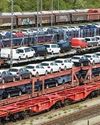
Fuel Price Hike, Supply Chain Disruption Hurt Festive Sales
Supply chain disruptions and fuel price hikes have hurt festive sales in a big way as most auto majors posted decline in sales in October.
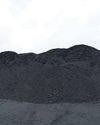
Seaborne coking coal offers remain range-bound
Seaborne coking coal offers moved in a narrow range in October amid global supply tightness and healthy spot demand.
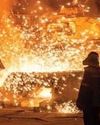
Global crude steel output down 8% in September
China manufactured 74 mt in September, fall of 21% y-o-y while India’s production went up by 7% to 10 mt.
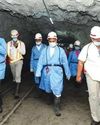
MOIL embarks on expansion projects
“Even though our country is blessed with manganese ore reserves, we import 50% of the domestic requirement. We have to lower our import dependence and save precious foreign exchange.” Ram Chandra Prasad Singh, Steel Minister

Iron ore handled by major ports down 17% in H1
The 12 major Indian ports handled 27 mt of iron-ore during H1 of 2021, down by 17% from 33 mt recorded for the corresponding period of previous year.
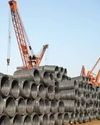
Shrinking China output to boost India exports
“In the third quarter of 2021, the company actively responded to the pressure from external policies, such as production curtailment and dual control system on energy consumption and intensity, as well as coal resource shortage and surging prices.” Baoshan Iron and Steel Co Ltd
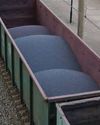
Indian Railways' iron-ore handling up 25% in H1
Indian Railways in April-September of 2021 (H1) transported 84 mt of iron ore, up by 25% over 67 mt during April-September 2020.
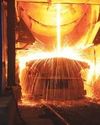
September crude steel production up 7.2% y-o-y
India’s crude steel production in September 2021 grew 7.2 percent to 9.547 million tons (mt) over September 2020 but was down by 3.2 percent from August 2021 output, provisional steel ministry data showed.

“Five enablers: way forward to sustainable cleaner steel”
Right and scalable technology, appropriate policy guidance by government, access to finance to fund transition, willingness of customers to pay for cleaner products and infrastructure for use of new technologies are the need of the hour for the sustainable and cleaner steel industry, according to Madhulika Sharma, Chief Corporate Sustainability, Tata Steel.